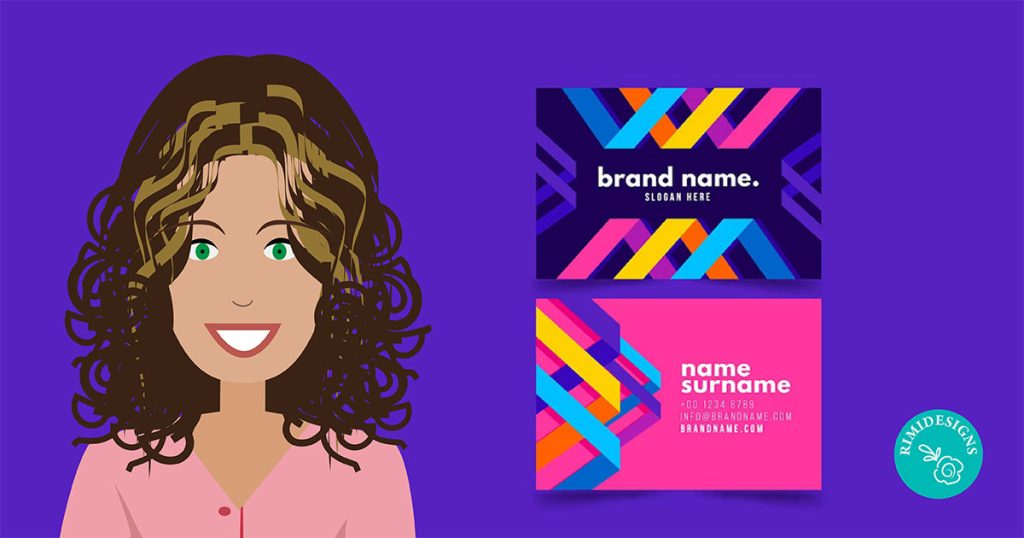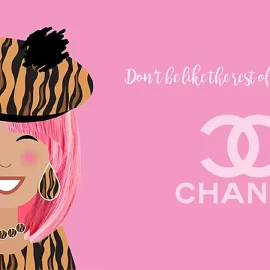
The Role of Colour in Branding
Colours play a huge role in how customers identify with and relate to brands. For some brands, their logo and marketing colours are just as iconic as the logo itself.
While the use of colour in branding is not a new concept, technology and the shift to a digital world is giving brands more strategic and complex ways to better connect with consumers and create authentic brand personalities through colour.
Below are 3 ways colour is playing a role in today’s brand environment.
1. Colour builds character
Choosing a colour for your brand can align with your organisation’s character. Is your brand’s character sophisticated or funky? Serious of humorous?
Your tone of voice and personality are important to build how customers’ view your brand, and the colours you choose can play up that personality. For instance, the colour red is known to represent extroversion, confidence and energy.
Brand colour goes beyond so much more than just the logo colour. While Tiffany blue is one of the world’s most recognised brand colours, their logo is actually a serif type of their name in black. A brand’s colour should represent the character and personality of a company as a whole.
2. Colour guides emotions
Choosing the colours that will represent your brand should go far beyond personal preferences of the management. Choosing these colours should be a strategic process based off what you want your customers to feel towards your brand.
When colouring your brand, it is okay to let emotions guide your decisions, as your brand should represent what your customers feel about you.
That being said, stay true to the brand character you are trying to represent when choosing your colours. Maybe you’re leaning towards green but you’re afraid of the money-hungry connotations behind the colour. However, the colour green can also represent peacefulness and healthiness So don’t let negative implications drive the experience.
3. Colour supports additional branding tactics
Colour is an effective tool for branding, but don’t forget the other tools that should be supporting your colour. Name, symbols, imagery and graphic elements all play into your brand personality.
Coca Cola is known for their classic red colour, which can be identified on shelves and stores everywhere. But they are also known for their distinct typography, their unique bottle shape and their polar bear mascot. Along with the red colour, customers also identify with these elements.
Colour plays a huge role in brand development and personalities. Studies have revealed that our brains prefer recognisable brands, which means colour is extremely important when creating an identity.
So incorporate colour into your branding and marketing to help create your unique identity.
SOURCE: Imagine
Rimidesigns’ Business Starter Pack is designed to get you up and running as quickly as possible and is a great way to promote your business and services online. Includes: logo design, business card design and single page website.



